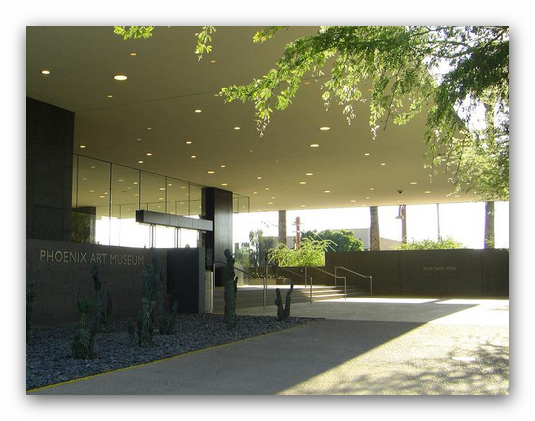Nov 27 2021 - Nov 6 2022
Phoenix, AZ
Sri Lanka, an island nation located 40 miles off the southeastern coast of India in the Bay of Bengal, has a deep history spanning more than 3,000 years, with a culture that was influenced by nearly every major human civilization and dominant world power, including the Persian Empire, Ancient Greece, Rome, and the European world. Known for more than 100 years by its British colonial name, Ceylon, Sri Lanka gained its independence in 1948.
With more than 50 objects spanning 1,000 years, Legacy of Ceylon: Art and Photography of Sri Lanka provides an unparalleled opportunity for U.S. audiences to experience a selection of rare and outstanding Sri Lankan artworks, many of which have never been publicly exhibited. Viewers will discover the influence of Buddhist and European traditions on the nation’s art history, while gaining particular insight into bronze-casting techniques through small, technically refined sculptures and bronze pieces that weigh more than 50 lbs. Featured works date to as early as the sixth century. The majority, however, span the 16th and 19th centuries, the height of the nation’s colonial period when the island was colonized first by the Portuguese, then by the Dutch, and finally by the British. Collectively, this wide range of works offers deep insight into pre-colonial, colonial, and post-colonial life on the island.
Legacy of Ceylon: Art and Photography of Sri Lanka will also feature original black-and-white photographs by Quintus Fernando, PhD, who passed away in 2004. These photographs were only discovered within the past decade and were likely taken just prior to the Fernando family’s emigration. This exhibition represents the first time these works will be exhibited to the public. Capturing images of not just Buddhist ruins and other iconic locations, the photographs depict simple, everyday slices of life in mid-20th century Sri Lanka, including scenes of fishermen, village women gathering water, and other moments of rural activity. These photographs, featured alongside works of historical significance, document the transition of a nation and a people exploring the potential of hard-earned independence.
Credit: Overview from museum website
Exhibition Venues & Dates
Nov 27 2021 - Nov 6 2022
Phoenix, AZ
